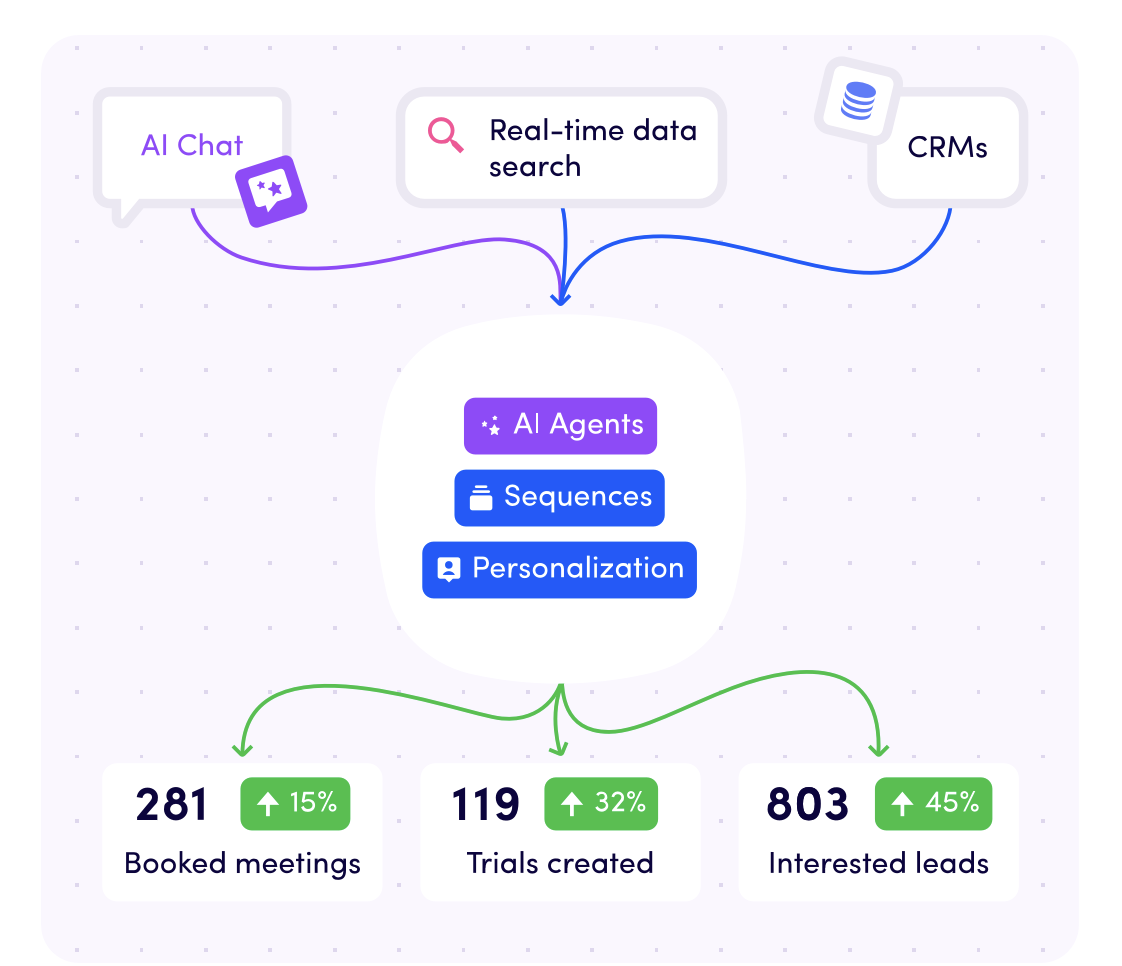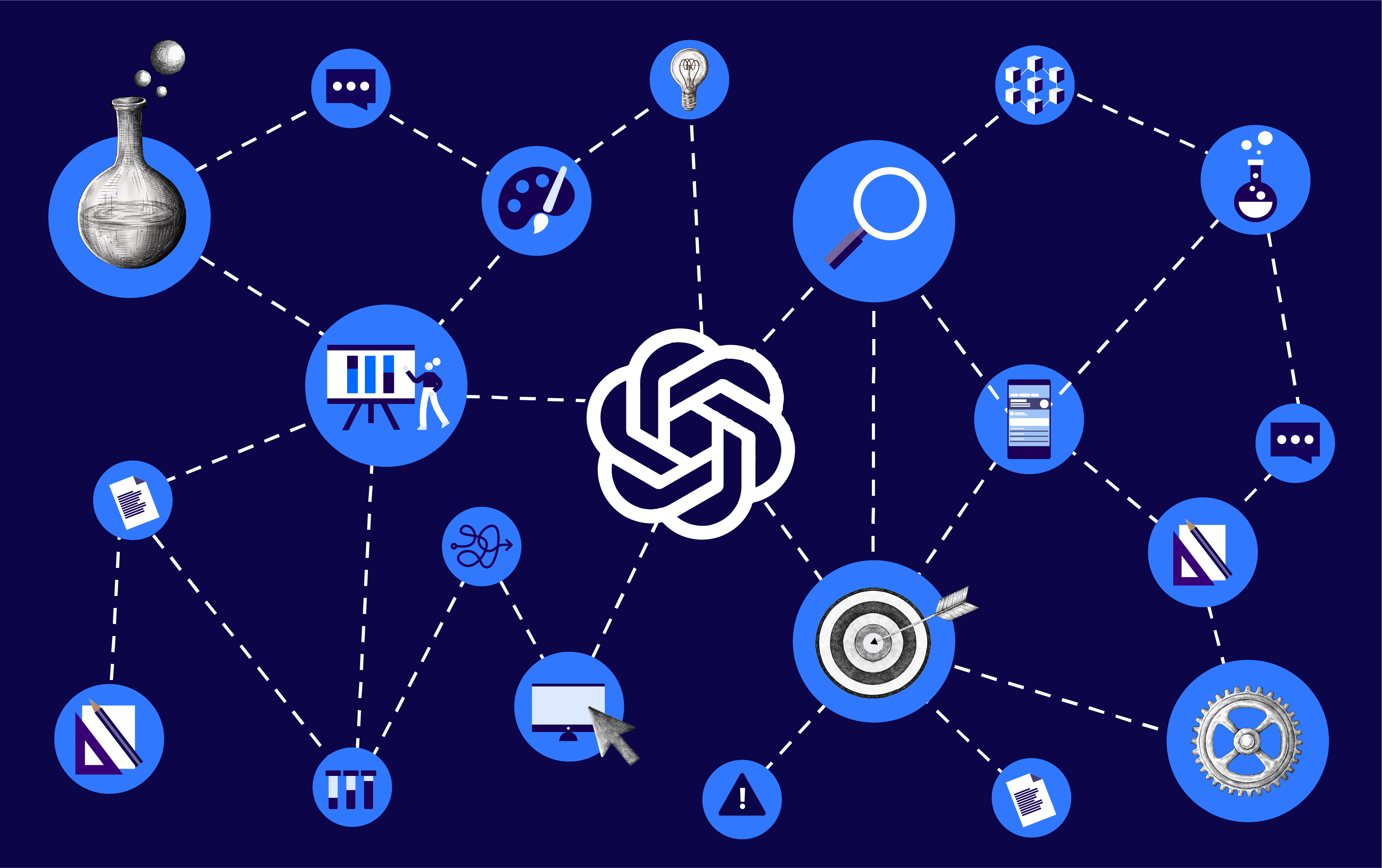Shadow AI Explained: How to Harness Hidden AI Without the Risks

Picture this: your team is under pressure to deliver results—fast. They find a promising AI tool and bring it in without waiting for IT approval. At first, it seems like magic: tasks get done faster, and everyone’s thrilled. But beneath the surface, security is compromised, compliance ignored, and risks start stacking up.
Let’s dig into what Shadow AI really is, its serious dangers, and why taking shortcuts might not be worth the gamble.
In this article, we will talk about...
- What is Shadow AI?
- Understanding the Risks
- Examples of Shadow AI
- What to do?
- Shadow AI vs Shadow IT
- Conclusion
Intrigued?
Then let's shed some light on this shadow!
What is Shadow AI?

Shadow AI is the use of AI tools in a company without approval from IT or other legal departments.
Shadow AI occurs when people in a company start using AI tools on their own without checking with IT or getting official approval.
It happens because someone finds an AI tool that makes their work easier or helps solve a specific problem, so they start using it without going through all the formal channels.
It’s like a shortcut—but since IT doesn’t know about it, there’s no oversight on its use or its safety.
You might have heard about the term Shadow IT before. Bear in mind that this is not the same! Check out the difference here.
According to Salesforce, 55% of surveyed employees used unapproved AI tools at work.
Teams bring in these AI tools on their own—without alerting IT or security—thinking it’ll help them get things done faster.
No problem, right?
Well ... beneath the surface, it’s a serious threat waiting to explode.
On the surface, Shadow AI might seem harmless.
But don't be fooled by the first impression!
Without proper oversight, employees can use sensitive company data without any secure access controls, leaving data open to unauthorised access and data breaches.
Imagine your team unknowingly exposing critical company data using an AI model on an unsecured platform.
One wrong move, and you’re looking at a potential breach that could cost millions in fines and irreparable damage to the company’s reputation.
Even worse, these tools don’t go through official compliance checks, which means they could be non-compliant with legal standards or privacy requirements.
This could mean hefty fines, lawsuits, and a PR disaster that no company can afford.
You might've also heard about Shadow IT. Even though the terms sound similar, it is crucial to distinguish them.
So let's see how they differ from each other!
Shadow AI vs Shadow IT

While both Shadow AI and Shadow IT revolve around employees using tech without IT’s approval, there’s a critical difference in their focus and potential risks.
Shadow IT is a broader term for any non-sanctioned software or hardware, from personal devices to third-party apps, that employees bring into the workplace to improve productivity.
Shadow AI, however, narrows down to unapproved AI-driven tools and models that employees use to handle tasks like data analysis, language processing, and customer insights without oversight from IT or security teams.
While Shadow IT can lead to security vulnerabilities, Shadow AI can create even more significant risks, such as non-compliant decision-making or data leaks from AI models with flawed logic.
Now that you know the definition, let's look at all the potential risks!
Understanding the Risks
Prepare your pen and paper to write this down to avoid these issues at all costs.
When AI is used outside IT’s knowledge or control, it opens the door to security and operational challenges that can impact your entire organisation.
Here are the key risks to look out for:
1. Data Protection Challenges

Shadow AI can sneak past standard security teams and governance frameworks.
This can cause some serious data security risks.
Without proper oversight, employees can handle sensitive company data without secure access controls.
Can you imagine which potential security breaches and privacy violations it can lead to?
For example, the OWASP Guide emphasises data minimisation and restricting data access to only those who need it.
Without these controls, unauthorised access can lead to privacy violations and misuse.
A lack of transparency in AI models and data handling can also increase security vulnerabilities and the risk of data breaches.
No one wants to be the one responsible for a surprise data breach!
So, keeping security in check is crucial.
2. Compliance and Legal risks

Using AI tools outside the official channels can lead to major compliance violations. Many industries have strict regulations like GDPR, HIPAA, or the EU’s AI Act.
And if you didn't know, Shadow AI often bypasses these compliance requirements.
The latest EU AI Act states that
"Providers and deployers of AI systems shall take measures to ensure, to their best extent, a sufficient level of AI literacy of their staff and other persons dealing with the operation and use of AI systems on their behalf, taking into account their technical knowledge, experience, education, and training and the context the AI systems are to be used in, and considering the persons or groups of persons on whom the AI systems are to be used."
By actively training your employees on artificial intelligence and the potential risks, you'll reduce the danger of Shadow AI.
In a field where privacy and data security really matter, mistakes like this can end up being super expensive.
Not only can it ruin your company’s reputation! It will also lead to steep financial penalties.
Organisations that do not comply with prohibited AI practices may face fines of up to €35 million or 7% of their worldwide annual turnover, whichever is higher.
It’s a serious risk that you can't afford to overlook.
3. Operational Risks and Model Drift

When AI models aren’t kept an eye on, they can start to drift, meaning they get less accurate over time.
As this happens, they begin to produce unreliable results.
That's an operational risk we definitely need to watch out for!
This can lead to poor business choices and wasted resources, which ultimately hurt the company’s profits.
For example, take a marketing team that’s using an AI model to predict customer behaviour.
If that model gets less accurate over time, it might end up aiming at the wrong audience or creating biased content.
This messes up their marketing plans and throws off revenue predictions.
Examples of Shadow AI
It might seem a lot to grasp at first but don't worry, we got you!
Shadow AI can come in different forms, and it is important to recognise them!
So here are the examples to look out for:
1. AI-Powered Chatbots

In customer service, some employees turn to unapproved AI chatbots for quick answers.
Doesn't seem harmful at first, right?
But without knowing, this can put sensitive data at risk.
The results?
Inconsistent messaging. Confused customers. Damaged reputation!
Worse still, sharing sensitive company information with unapproved chatbots could result in severe security breaches, putting confidential customer data at risk.
And we don't want you to risk your customers!
2. Marketing Automation Tools

Marketing teams often use unauthorised Generative AI tools to automate emails or analyse social media trends.
While they may boost campaign efficiency, they also raise privacy concerns.
These unapproved tools may lack data protection, risking privacy breaches and legal repercussions if personal customer data is mishandled.
3. Machine Learning Models for Data Analysis

Data analysts might bring in external machine learning models to find patterns in company data.
These tools can bring some insights. And you know what else?
Big risks.
For example, analysing customer behaviour through these models can unintentionally expose proprietary data and trigger compliance issues.
Be aware! These tools can put your sensitive company information in the wrong hands, harming both finances and reputation.
4. Data Interpretation Tools

Departments like finance or product development might adopt AI-powered tools for interpreting data trends or customer feedback.
These tools, chosen for their speed, often produce insights that don’t align with official company models, creating conflicting reports.
Even worse, they may store sensitive information on platforms without secure access, making them vulnerable to cyber threats.
According to the World Economic Forum, AI tools used without proper oversight can lead to inconsistencies and increase exposure to cyber risks, such as unauthorised access or data breaches, further complicating data management within organisations
What to do and how to control it?
So we talked about the risks and their examples.
But did you know that according to McKinsey, only 21% of companies have policies to manage the mentioned risks?
To mitigate them together, let's see the steps that will help you in this battle:
Step 1: Set Clear Approval Processes

The first thing to do is set up a straightforward approval process for any new Generative AI tools we want to bring in.
Be strict!
You should carefully assess each tool for alignment with company policies, security protocols, and compliance requirements.
Give the team a heads-up on the potential privacy violation risks from unapproved AI use!
Empathise the possibility of data leaks, privacy violations, and financial repercussions.
A well-defined approval process will prevent unauthorised tools from being adopted under the radar.
Step 2: Implement an AI Governance Framework
I
Can you imagine?
Only 11% of surveyed companies have a comprehensive AI use policy in place.
An AI governance framework is a must-have security measure to protect your company from serious liabilities.
This framework should lay out clear rules about what's okay to do, who's in charge, and what security checks need to happen before using any AI tools.
Regular risk assessments and compliance checks are necessary to ensure that any AI activities align with regulatory and organisational requirements.
The goal?
To provide a secure structure that allows innovation without putting the organisation at risk.
Without these guardrails, Shadow AI is a ticking time bomb waiting to harm the business.
Step 3: Implement AI Monitoring and Reporting Tools

AI monitoring tools are essential for keeping Shadow AI under control!
They actively track AI usage and flag issues like model drift or unauthorised access to sensitive data.
These tools help you detect compliance violations or potential security breaches, keeping security teams informed.
Besides that, they ensure operational integrity and regulatory compliance.
Step 4: Regular Risk Assessments

If your team is using the tools, then you should check them!
Our advice: conduct regular risk assessments.
Assess whether the tools are compliant with internal security policies and external regulations.
By continuously reviewing the risks associated with AI, companies can take proactive measures to secure their data and processes.
And we want you to be safe!
Step 5: Employee Training and Awareness Programmes

Besides all of that, the most important is to make sure that your employees know what they are doing.
Educate them!
Regular workshops, training sessions, and awareness campaigns can ensure that employees understand the implications of Shadow AI and the importance of adhering to security protocols.
Employees need to be aware of data privacy issues, potential compliance violations, and how seemingly harmless tools can pose significant risks.
To get your team ahead, consider our AI for Business course.
The program helps your employees gain a competitive edge by mastering AI's core principles and applying them strategically to business operations.
This course is for you if you want to equip your team with the tools to harness AI effectively and drive your business forward—safely and smartly!
Conclusion
Using AI tools might look like an easy shortcut to boost productivity and speed up processes, but it comes with significant risks that can seriously harm your organisation.
From data breaches to compliance headaches and operational mess-ups, ignoring these dangers can lead to consequences far more severe than a little red tape.
The good news? You don’t have to be caught off guard.
By setting clear approval processes, putting an AI governance framework in place, training your teams, and staying vigilant with regular audits and monitoring, you can keep Shadow AI under control.
Remember, a little structure and caution now can save you a lot of pain—and expense—later.
So, stay proactive, keep your AI activities visible, and make sure every tool your team uses is approved.
With these safeguards in place, you can maintain your organisation's innovation edge without compromising on security or compliance.
Let’s be smart about Shadow AI—embrace innovation, but always with your eyes wide open!
FAQ
What is Shadow AI?
Shadow AI refers to employee usage of generative AI tools without the official approval of IT or central management. Often, teams like marketing, HR, or sales bring in these tools independently, hoping to speed up projects or solve challenges without the hassle of waiting for formal approval. While it might seem like a quick solution, Shadow AI poses serious threats, as it bypasses essential security checks, compliance standards, and organisational oversight, increasing security risks.
What are the risks of Shadow AI?
Shadow AI introduces significant risks, including data security vulnerabilities, compliance violations, legal issues, and operational instability. These generative AI tools often bypass standard data protection protocols, increasing the risk of data breaches and privacy issues. In regulated industries, using unapproved AI can result in hefty fines and legal issues. Additionally, models used without ongoing monitoring are prone to "model drift," meaning they become less reliable over time, leading to poor decision-making, wasted resources, and overall operational risks for the business.
How can companies prevent Shadow AI?
Preventing Shadow AI requires a proactive approach. Companies must implement a strict approval process for introducing new AI tools, educate employees on the risks associated with unauthorised AI use, and establish governance frameworks that enforce security standards. Regular risk assessments, educated teams, and automated monitoring tools are critical to track AI usage across departments and prevent unauthorised implementations. This risk management ensures that generative AI meets regulatory standards.
Is Shadow AI becoming a big problem for companies?
Yes, Shadow AI is a growing problem for many organisations. As departments take the initiative to bring in generative AI tools without official approval, businesses face escalating risks—unregulated data access, security breaches, compliance failures, and inconsistent decision-making processes. These hidden AI tools threaten to undermine data integrity and expose companies to regulatory penalties. To mitigate these risks, companies need to put in place clear policies, educate employees about the dangers, and use structured governance frameworks to manage operational risks and keep Shadow AI under control.
Categories
- Business & Innovation (83)
- Growth & Marketing (72)
- Artificial Intelligence (52)
- Data & Analytics (16)
- Case studies (10)
- Project Management (10)
Related articles
Latest articles
ChatGPT Search Unveiled: Should You Make The Switch Now?
Picture this: You’re no longer just “searching” the web—you’re...
Shadow AI Explained: How to Harness Hidden AI Without the Risks
Picture this: your team is under pressure to deliver results—fast....
The 33 best AI tools for commercial teams
The tools are split into 2 categories The best AI tools for your...
B2B Growth Blueprint: How to Drive Sales and Build Strong Partnerships
In today’s fast-paced world, B2B companies are like ships...









